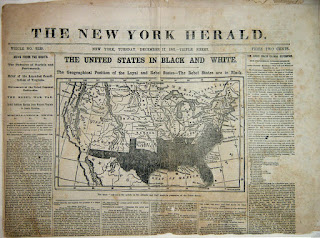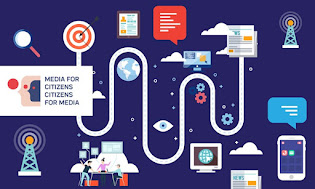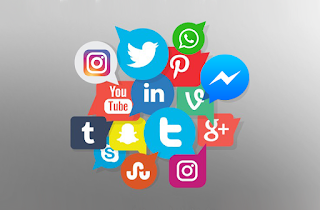HISTORY OF MEDIA
In 2010, Americans could turn on their television and find 24-hour news channels as well as music videos, nature documentaries, and reality shows about everything from hoarders to fashion models. That’s not to mention movies available on demand from cable providers or television and video available online for streaming or downloading. Half of U.S. households receive a daily newspaper, and the average person holds 1.9 magazine subscriptions (State of the Media, 2004) (Bilton, 2007). A University of California, San Diego study claimed that U.S. households consumed a total of approximately 3.6 zettabytes of information in 2008—the digital equivalent of a 7-foot high stack of books covering the entire United States—a 350 percent increase since 1980 (Ramsey, 2009). Americans are exposed to media in taxicabs and buses, in classrooms and doctors’ offices, on highways, and in airplanes. We can begin to orient ourselves in the information cloud through parsing what roles the media fills in society, examining its history in society, and looking at the way technological innovations have helped bring us to where we are today.




Comments
Post a Comment